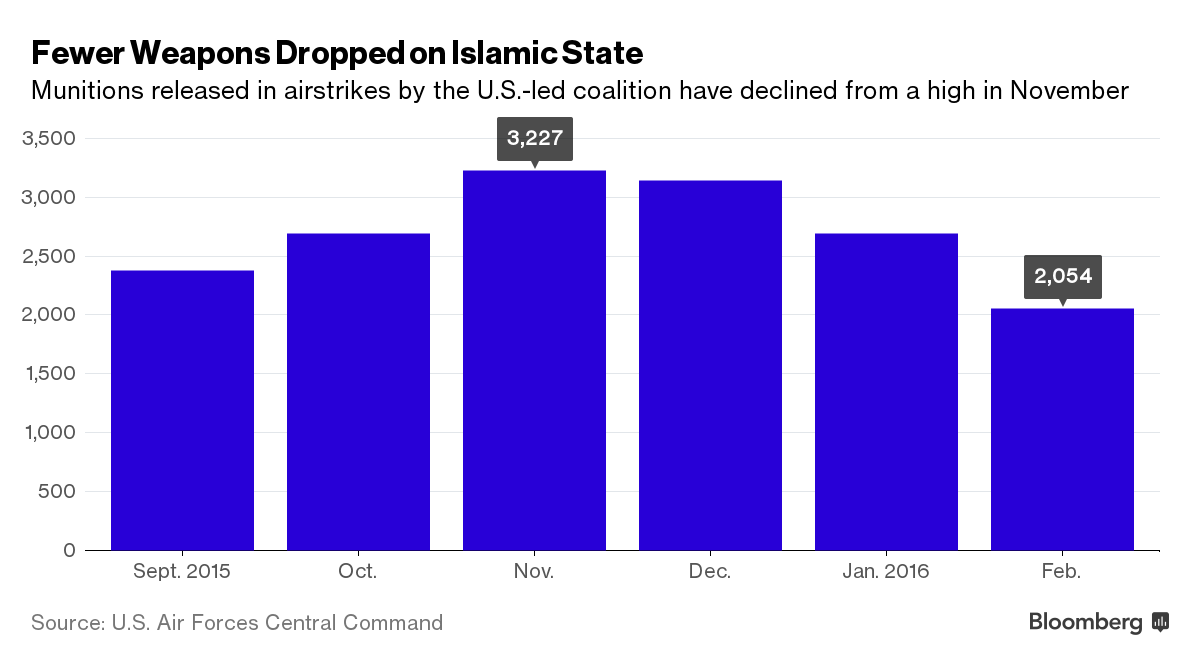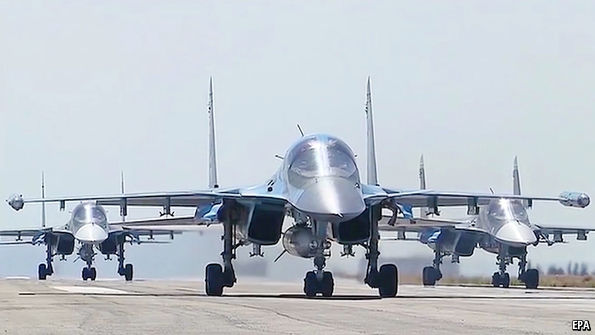The previously quoted Air University Review article discussing air power and the Mad Mullah clearly overplayed the impact of air power on that campaign and rather significantly downplayed the importance of the 3,600 ground troops involved. Oddly enough, various Wikipedia and other articles on the internet make similar claims. The article then goes on to address Iraq in 1920. It states:
http://www.airpower.maxwell.af.mil/airchronicles/aureview/1983/jul-aug/dean.html
By 1920, Churchill had asked Trenchard to plan much more ambitious project, to control Mesopotamia (Iraq) by air. The British were, at the time, nurturing a new Arab government in Iraq, a government not popular among the Arab tribes populating the country. These tribes seemed totally unimpressed with British-sponsored progressive government, which included rules about taxation and standards of acceptable behavior. In late 1920, a serious rebellion against British rule was in progress; the 80 British and Indian battalions (120,000 troops) garrisoning the country were being hard pressed to maintain order. An additional 15,414 men sent from India were quickly absorbed in trying to control an insurrection of at least 131,000 armed men. The British forces were scattered throughout the country, protecting population centers and vulnerable lines of communication. With simultaneous outbreaks of violence in several areas, the British force proved too weak in any single spot to deal effectively with the problem. Even with 63 aircraft working with the army, putting down the 1920 insurrection in Iraq was a costly business: about 38 million pounds.
Now this was a revolt of 131,000 against 120,000, with an additional 15,414 reinforcements according to the same account (other accounts give slightly different figures, see Haldane (link below), pages 64 & 325). So, over 135,000 trained troops against the 131,000 rebelling Iraqis. Not surprising, this did not go well for the rebelling Iraqis, with or without air power. In fact, the entire revolt was over in less than four months. In the case of Somalia, the RAF has 12 planes supporting 3,600 troops or one plane per 300 troops. Now the ratio appears to be one plane per 2,150 troops. This would imply a much lower level of air support than in Somalia.
The British commander in Iraq, Lt. General Haldane, did write a book on the subject, The Insurrection in Mesopotamia 1920:
http://babel.hathitrust.org/cgi/pt?id=inu.30000083739544;view=1up;seq=1
Haldane does address the support he received from the Royal Air Force squadrons (see pages 300-301), and details the various operations and engagements fought. He credits the air force on one occasion with greatly assisting in the defense of an isolated garrison at Rumaithah. This is pretty far from a case of an insurgency being defeated primarily by air. It is clear that statements like those found in Wikipedia that “The use of aircraft shifted the advantage to the British and played a huge role in ending the revolt,” seem to grossly overstate the case (see Wikipedia “Iraq Revolt against the British”). These types of claims are made in several other articles on the net. Haldane’s account certainly does not support these claims.
The revolt started with peaceful protests in May 1920. The armed revolt started in July and was pretty much over by mid-October of that year. It was a 3 1/2 month long revolt. It was never able to establish itself in the larger cities like Baghdad, Mosul and Basra, where the British maintained garrisons. The British then assigned the Iraqi’s a king and established a protectorate over Iraq. This insurrection was followed, of course, by an insurrection in Kurdistan in 1922.
The figure of 131,020 revolting armed Iraqis comes from Haldane, page 124. He states that there were 59,805 armed with modern rifles (also see page 298 and 328). We have no idea how accurate these estimates are (but remain suspicious). Still, it was a significant enough revolt that British casualties were 2,269. This was 426 killed (312 killed, 113 died of wounds and died while prisoner of war), 615 missing (451 missing and 164 prisoners of war) and 1,228 wounded (British figures are from 2 July to 17 October). Haldane states that “Most of the missing were killed, a few only rejoining.” I gather this means that the British lost over 800 troops killed during this campaign (55 British killed and 141 British missing, and 354 Indians killed and 282 Indians missing, and 17 “followers” killed and 28 “followers” missing for a total of 877). Haldane claimed that 8,450 Iraqis killed and wound in the rebellion (see Haldane, page 331). A four-to-one exchange between insurgents and professional military is not out of line with other figures we have seen.
After the revolt, the British, with Winton Churchill as Secretary of State of the Colonies, decided to “police” Iraq from the air. It was this effort, which included air campaigns against recalcitrant villages (and therefore civilians), that led many to focus on the air aspects of this revolt. The 1920 revolt was clearly not put down primarily by air power. There is probably good reason to examine the subsequent efforts to use air power in Iraq, as this was an attempt to keep a potential insurgency off balance by an extended air campaign.
This was also one of those ‘brief insurgencies” which we have not invested a lot of time examining. One of the results of our work was that insurgencies tend to last 4 ½ years or less, or last for 7 years or more. We really had no examples of insurgencies lasting between 4 ½ years in length of 7 years in length in the 100+ cases we studies. In effect, they are either over quickly, in a couple of years, or they drag on for seven years or longer (see America’s Modern Wars, pages 24-25 and 148). This did lead me to consider whether I should categorize or classify “revolts” as something different than “insurgencies.” (for example, would the overthrow of Batista in Cuba in 1958 be classified as a “revolt” or as an “insurgency”?). But, we did not have strong reason to do so for of our analysis at the time, so therefore passed on this subject.



